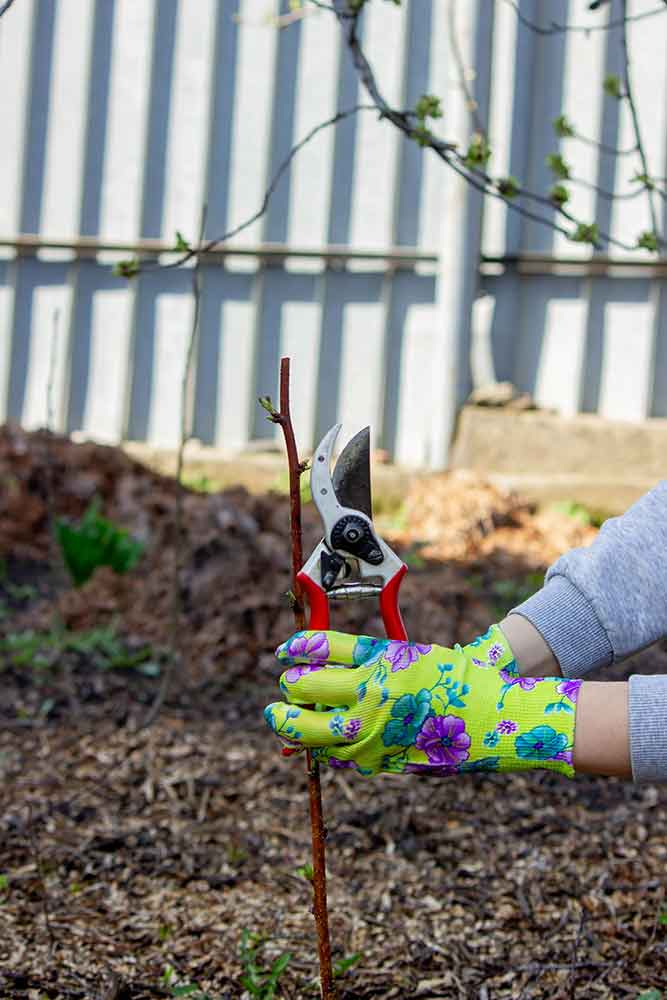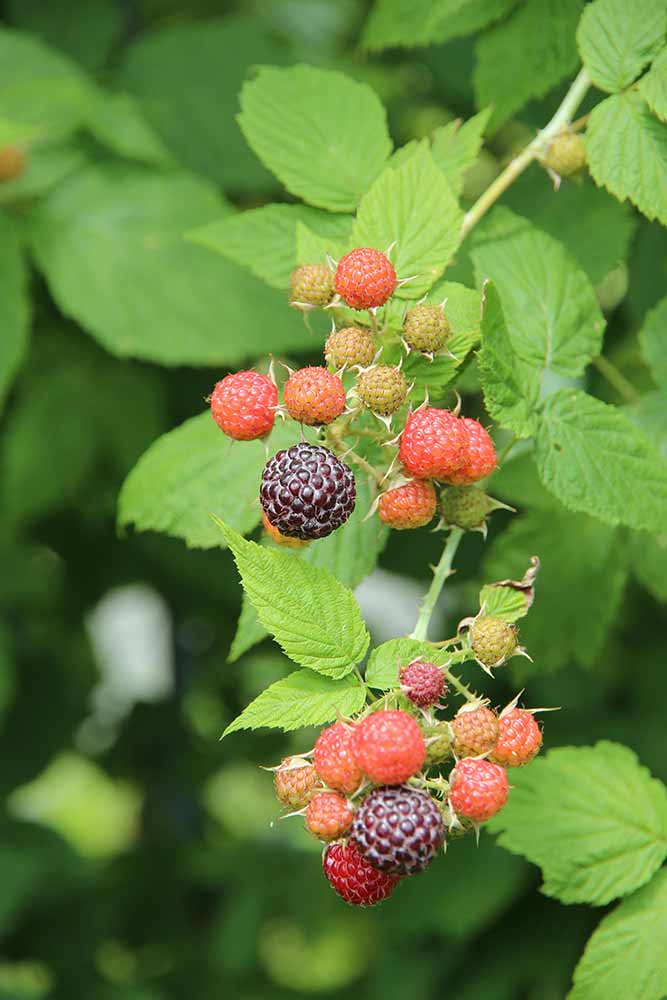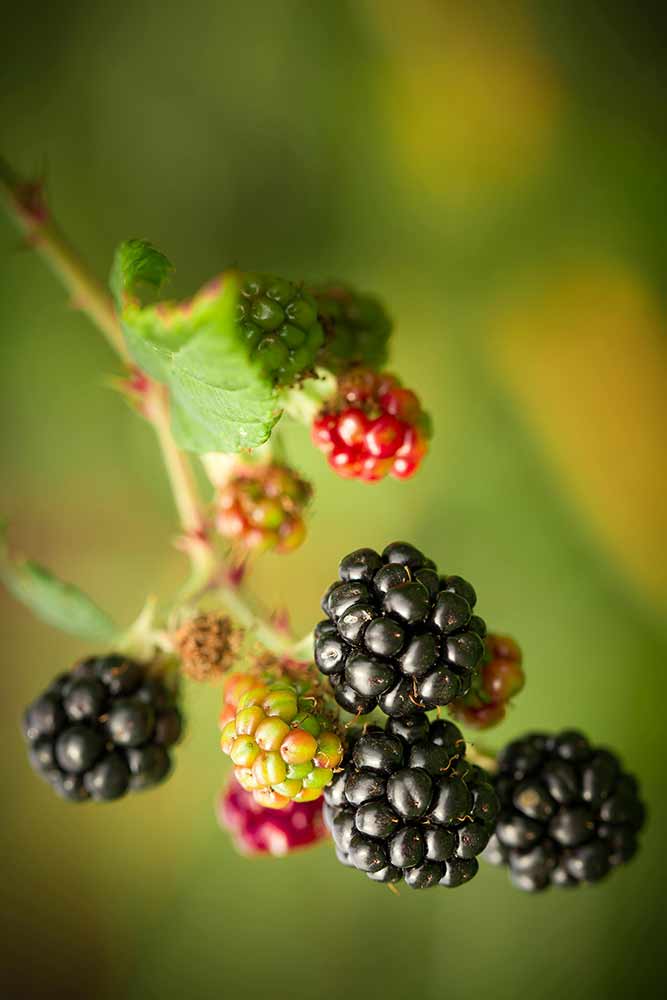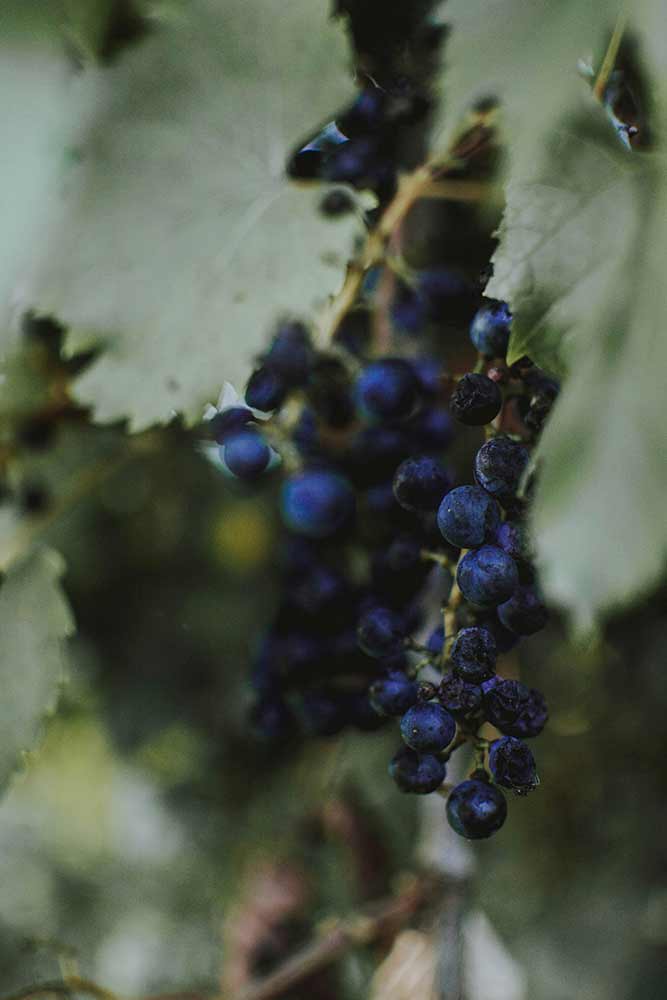How to Prune Brambles & Grapes
How to Prune Brambles & Grapes
Pruning is one of the most important steps in keeping raspberries, blackberries and grapes healthy, productive, and beautiful year after year. Done correctly, it encourages strong new growth, improves air circulation, prevents disease, and ensures better fruit. Each plant has its own unique needs— raspberries and blackberries need thinning to boost berry production, and grapes require careful training for abundant harvests. Learning when and how to prune these plants will not only make your garden more attractive but also maximize the quality and yield of your fruit.


Raspberries Red & Yellow
Controlling Suckers:
One-Crop (Summer-Bearing) Raspberries:
Two-Crop (Everbearing) Raspberries
Alternative method:
Supporting Red Raspberries:


Black Raspberries

Blackberries
Growth Habit
Most blackberry varieties grown in Southeastern Idaho have a semi-erect growth pattern. Their pruning needs are similar to those of black raspberries.
Pruning Summer-Bearing Varieties
Summer-bearing blackberries require two main pruning sessions — one in late winter or early spring, and one during summer.
Pruning Everbearing Varieties
For everbearing types, pinch back the top growth once canes reach 24–36 inches to promote additional fruiting in the fall. Then, in late winter or early spring, cut all canes back to the ground to make room for vigorous new growth.



Grapes
American grapes grow best when trained using the Four-Arm Kniffen System. This method helps create a strong structure for healthy growth and consistent fruit production.
Proper pruning is more than just cutting branches — it’s about guiding your plants toward healthier, more productive growth season after season. Whether for brambles, or grapes, the techniques you choose now can transform tangled, struggling vines into beautiful, fruitful specimens. Pay attention to timing, pruning cuts, and plant structure — and always remove weak, damaged, or overcrowded growth. With consistent care and a respectful approach to each plant’s needs, you’ll encourage stronger growth, better fruit, and easier maintenance in the long run. Happy gardening!


